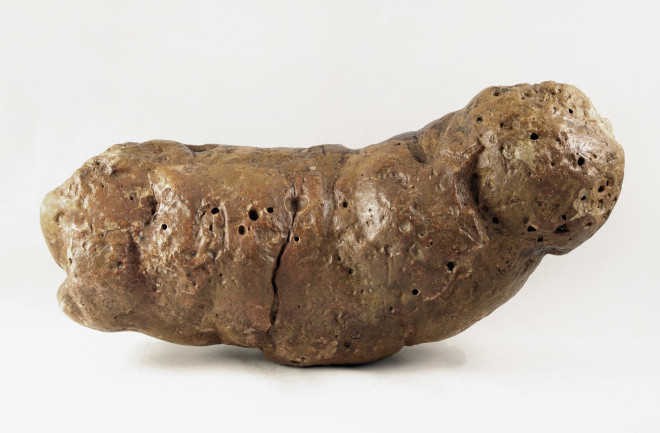In 2010, during a paleological survey in Thailand, a 200-million-year-old fossilized poop, referred to as a “coprolite,” was discovered. This groundbreaking finding provided valuable evidence that parasites existed during the time of dinosaurs. The coprolite, which was smooth, gray, cylindrical, and slightly curved, was deemed a potential treasure trove due to its preservation. To further examine the coprolite, researchers from Mahasarakham University in Thailand and other institutions hardened the already fossilized material and cut it into thin sections. Their goal was to gain insight into the coprolite’s composition and potentially uncover details about the organism’s diet. However, during their examination, they found more than anticipated. Embedded within the clay-like material were round shapes, one of which was identified as a roundworm or nematode egg. This finding revealed that the nematode parasite has a long history and has been infecting hosts for millions of years. Additionally, several more round shapes resembling worm eggs and another shape that could indicate a protozoan infection were discovered. Overall, the coprolite suggests that multi-parasite infections were common and had already diversified by the late Triassic period. The researchers speculate that the coprolite came from a phytosaur, a crocodile-like reptile, which acquired the parasites through its diet of fish, amphibians, and other reptiles. The shape of the coprolite aligns with this theory as crocodile relatives often produced curved droppings. Teeth and bones from phytosaurs have also been found in the local geological formation. This discovery is particularly significant as it is the first evidence demonstrating that Asian animals during the Late Triassic period were infected by parasites.
